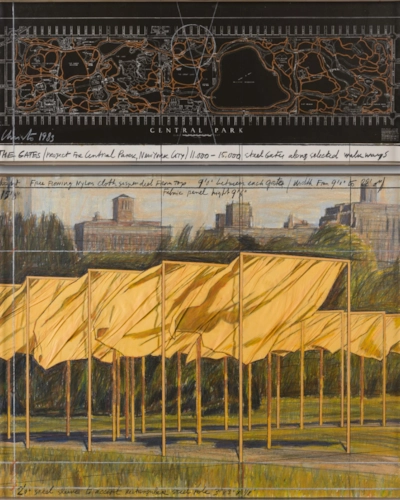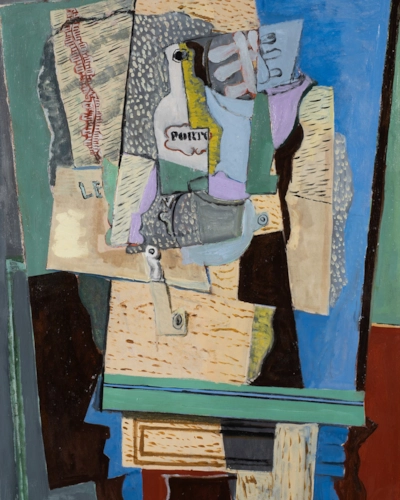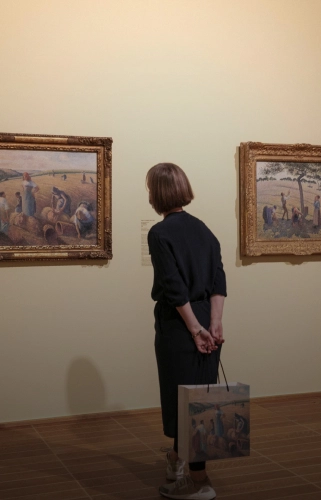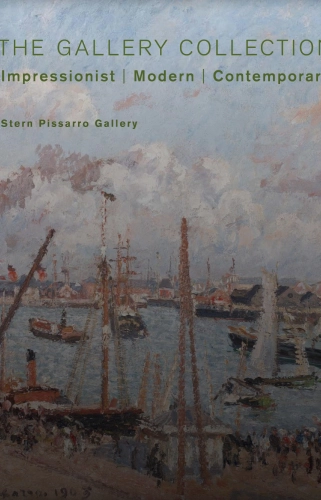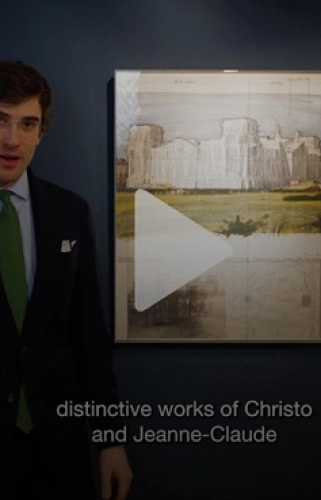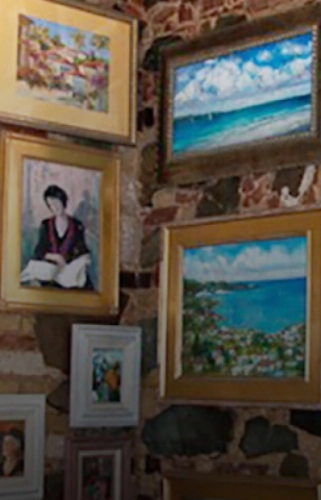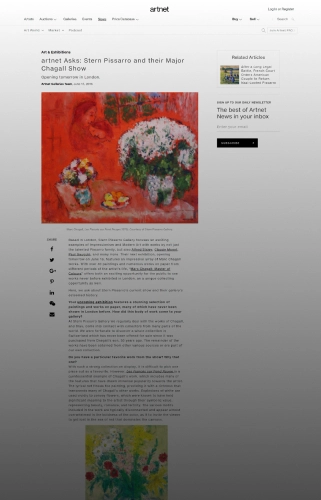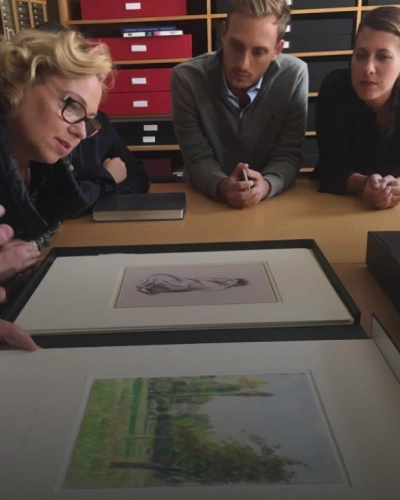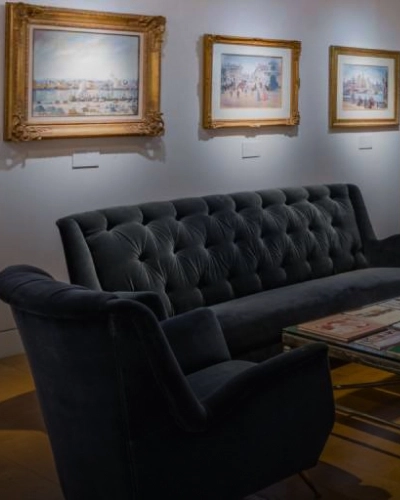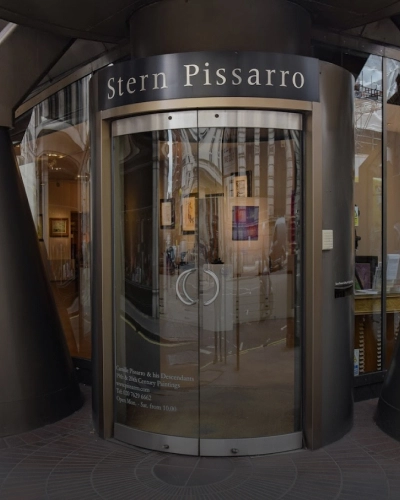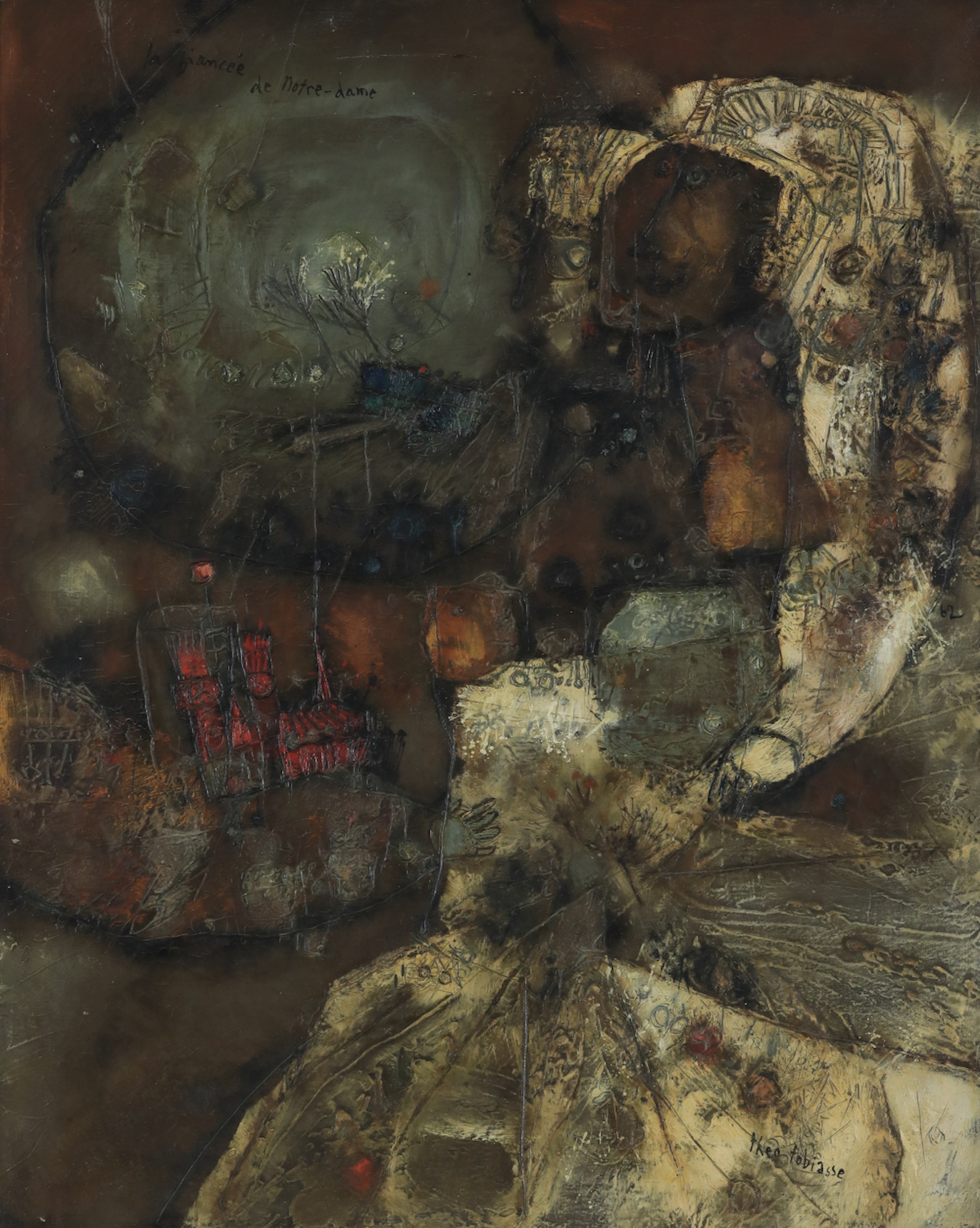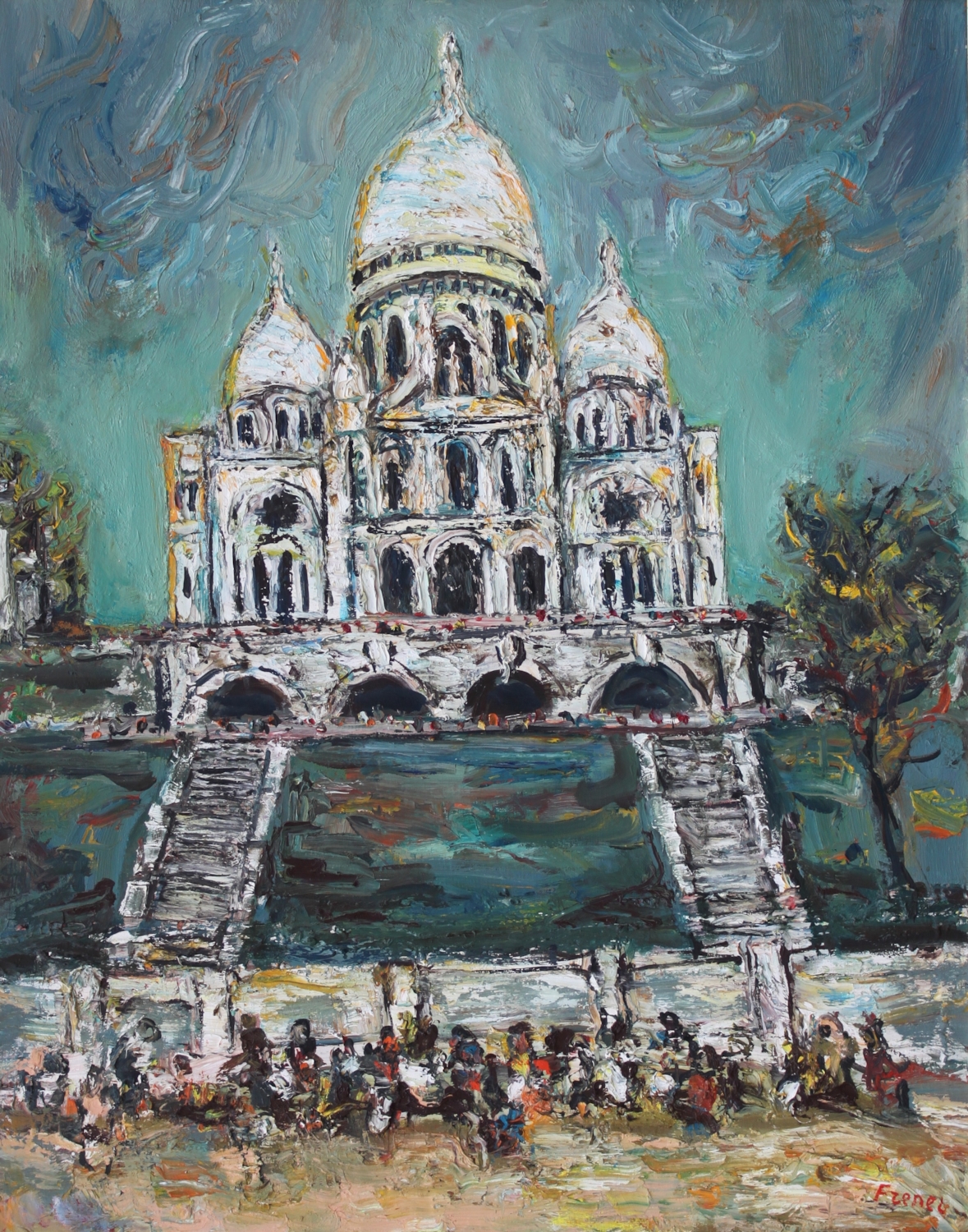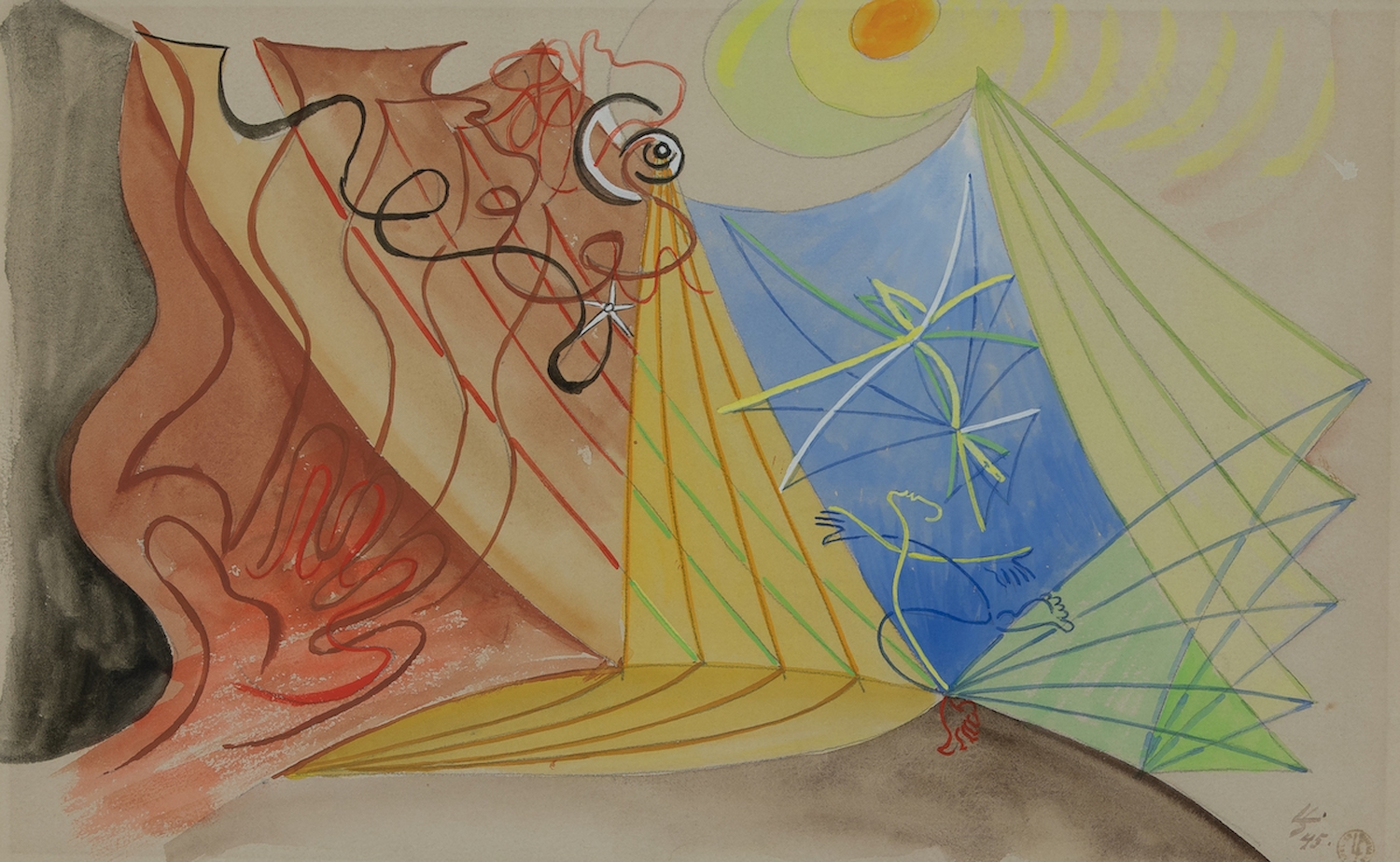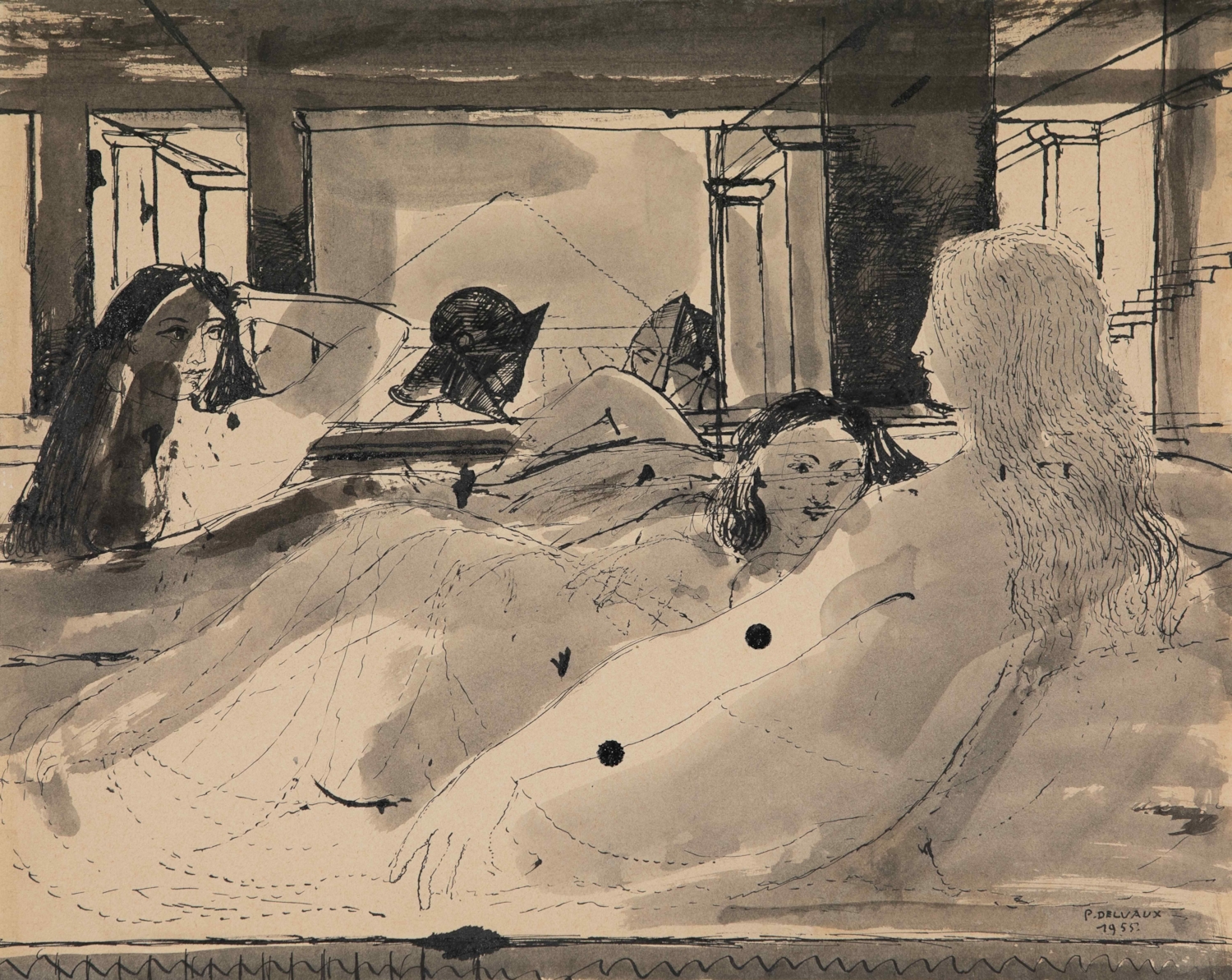Theo Tobiasse
1927 - 2012
La Fiancée de Notre Dame
81 x 65 cm (31 ⁷/₈ x 25 ⁵/₈ inches)
Signed lower right, Theo Tobiasse and titled upper left, La Fiancée de Notre Dame
Executed in 1962
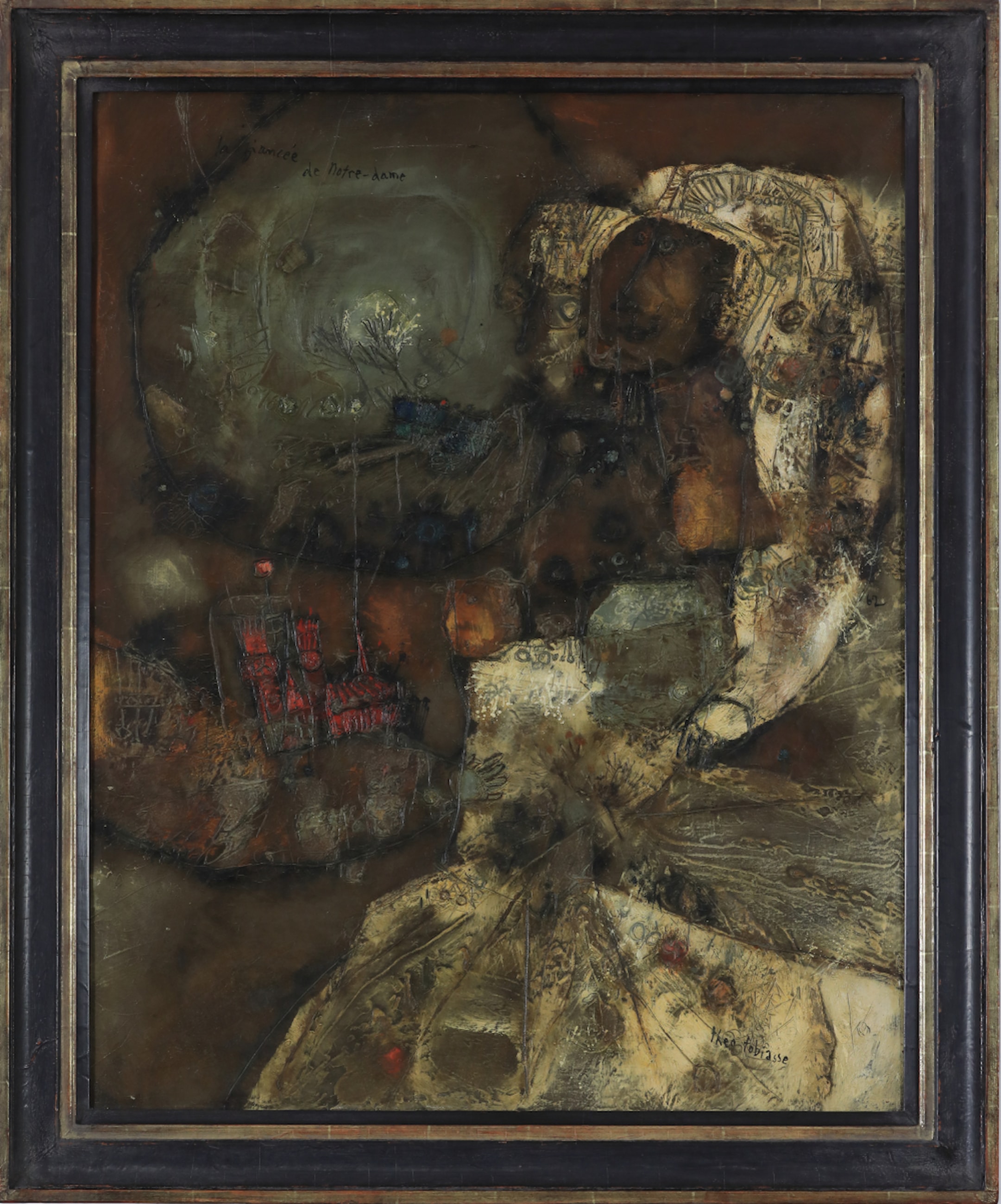
Theo Tobiasse
biography
During the Nazi occupation of Paris, the Tobiasse family took refuge in their small Parisian flat. During these two years in hiding, Tobiasse painted and played chess with his father, the chessboard pattern becoming a regular motif in his later work. Following the liberation of Paris, Tobiasse worked as an advertising artist, creating tapestries, stage sets and window decorations for Hermès. It was during his travels and his study of Old Master paintings in the museums which he visited, that Tobiasse learnt his technique, notably from Rembrandt’s Jewish Bride at the Rijksmuseum in Amsterdam.
After receiving his French citizenship in 1950, Tobiasse moved to Nice, where his artistic expression reached its peak. In 1960, his work was shown at the Palais de la Mediterranée and the Salon des Peintres du Sud-Est, winning the prize ‘Jeune peintre méditerranéenne’ in 1961 and the Dorothy Gould Prize. These accolades launched his career. In 1962, the art dealer Armand Drouant exhibited Tobiasse’s work at the Galerie du Faubourg Saint-Honoré in Paris, and over the following years, his work was exhibited in cities such as Geneva, Tokyo, London, Zurich, Los Angeles, and New York.
Best-known for his Expressionistic paintings and his bold use of colour and loose brushstrokes, Tobiasse’s work frequently revolved around the theme of memory. His subjects are often drawn from his real-life experiences and reveal a nostalgia for his childhood. He depicted the buses and trains that brought his family to France, the confusion of the railway stations, steamboats on the Niemen in Lithuania and sledges in the snowy streets of Kosovo, as well as symbols of familial comfort like the humble tea-pot and fires. Tobiasse found a way to work his private emotions into his paintings, writing a tantalising personal secret in Yiddish and gluing it onto the canvas before painting over it. He teased the viewer that they cannot see the message without destroying the painting.
Tobiasse’s work combines an extremely personal iconography with other recurring motifs such as women as maternal figures and as lovers, erotic fantasies, the theme of exile as represented by the trains and busy crowds. His use of symbolic Judeo-Christian imagery and Biblical scenes has led to comparisons to the renowned French-Russian painter Marc Chagall. He rendered these themes with vibrant colours and expressive brushstrokes. Unrestricted by his choice of medium, he chose to experiment with colour and texture, using oil paint, gouache, as well as mixed media, collage and acrylic. In 1976, having moved to a new studio in Saint-Paul-de-Vence, he continued to explore new techniques such as lithography, pottery, sculpture and engraving, inspired by the sculptures and markings at the Aztec sites of the Yucatan in Mexico.
In addition to his paintings, Tobiasse created several public works, including stained-glass works for the Jewish Community Centre in Nice and for other various institutions in Strasbourg and Nice, and a monumental fountain entitled “L’Enfant Fou” for Nice Airport. His non-pictorial repertoire also included costumes and stage sets for Bernard Shaw’s “Pygmalion,” ceramics, pottery and bronze sculptures. Numerous exhibitions and one-man shows have been dedicated to his work across the globe, including at the Galerie Drouant in Paris, Geneva, Montreal, Tokyo, London, Zurich, Lausanne, Los Angeles, Kiev, and his first solo exhibition in New York in 1968.
Theo Tobiasse
biography

you may also like
1897 - 1994
Les Captives
35 x 43.5 cm (13 ³/₄ x 17 ¹/₈ inches)
1841 - 1927
Barrage de Génétin, Crozant
63 x 90 cm (24 ³/₄ x 35 ³/₈ inches)
b. 1929
Méditerranée (Mediterranean)
146 x 97 cm (57 ¹/₂ x 38 ¹/₄ inches)

